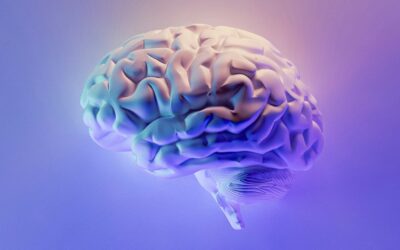In sports medicine this past week we learned about Burners (Stingers) syndrome in athletes. The syndrome is most commonly seen in sports such as American football, ice hockey or rugby. The syndrome commonly presents with immediate and acute traumatic onset of pain, burning, paresthesia, a pins and needles sensation, and weakness.

Upon observation, the doctor may see the athlete presenting with shaking of the upper extremity, holding the upper extremity close to their body, atrophy or asymmetry of the neck, shoulder depression, and altered motor patterns when using the shoulder. It is a common injury in contact sports and reflects an upper cervical root injury or a peripheral nerve dysfunction injury. It occurs following over-stretching of the upper trunk of the brachial plexus or compression of the C5/C6 nerve root, depending on the mechanism of injury.
There are three primary mechanisms of injury which can lead to the syndrome in athletes:
- The first mechanism is that the athlete suffers a forceful blow causing depression of the shoulder and lateral flexion of the neck to the contralateral side, leading to traction of the upper roots of the brachial plexus.
- The second common mechanism of injury is that there is a direct blow to the supraclavicular fossa causing a percussive injury.
- The third common mechanism of injury includes a compression of the nerve roots or brachial plexus when the head is forced into hyperextension and ipsilateral side flexion toward the side of trauma.
The classification of peripheral nerve injuries include grade I- neuropraxia, grade II- axonotmesis and grade III- neurotmesis:
- Neuropraxia is a disruption of nerve function involving demyelination, and remyelination usually occurs within three weeks of injury.
- Axonotmesis involves axonal damage, and Wallerian degeneration also occurs.
- Neurotmesis is complete nerve transection that includes permanent nerve damage.
Burners injuries usually present as grade I or grade II classifications. It is common for there to be a second similar injury that may lead to permanent neurologic deficits in these individuals. Many chiropractic physicians work with a sports team, and as such, it is crucial to be aware of common sports related injuries such as Burners syndrome.
For more sports medicine, check out How the future of sports medicine is becoming more holistic — insight from an elite athlete turned chiropractic student.
{{cta(‘306042fa-a486-4975-b06d-dae7935a40fb’)}}




0 Comments